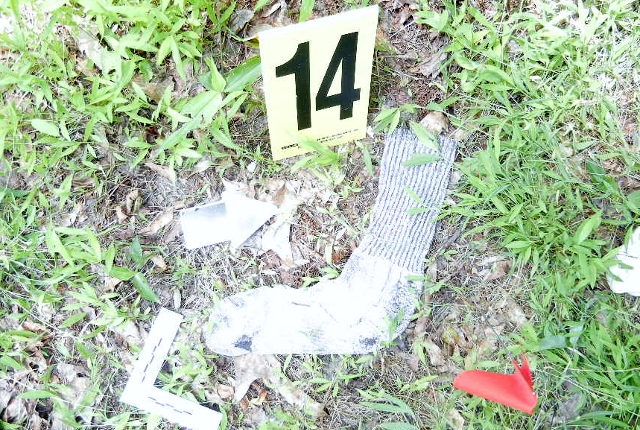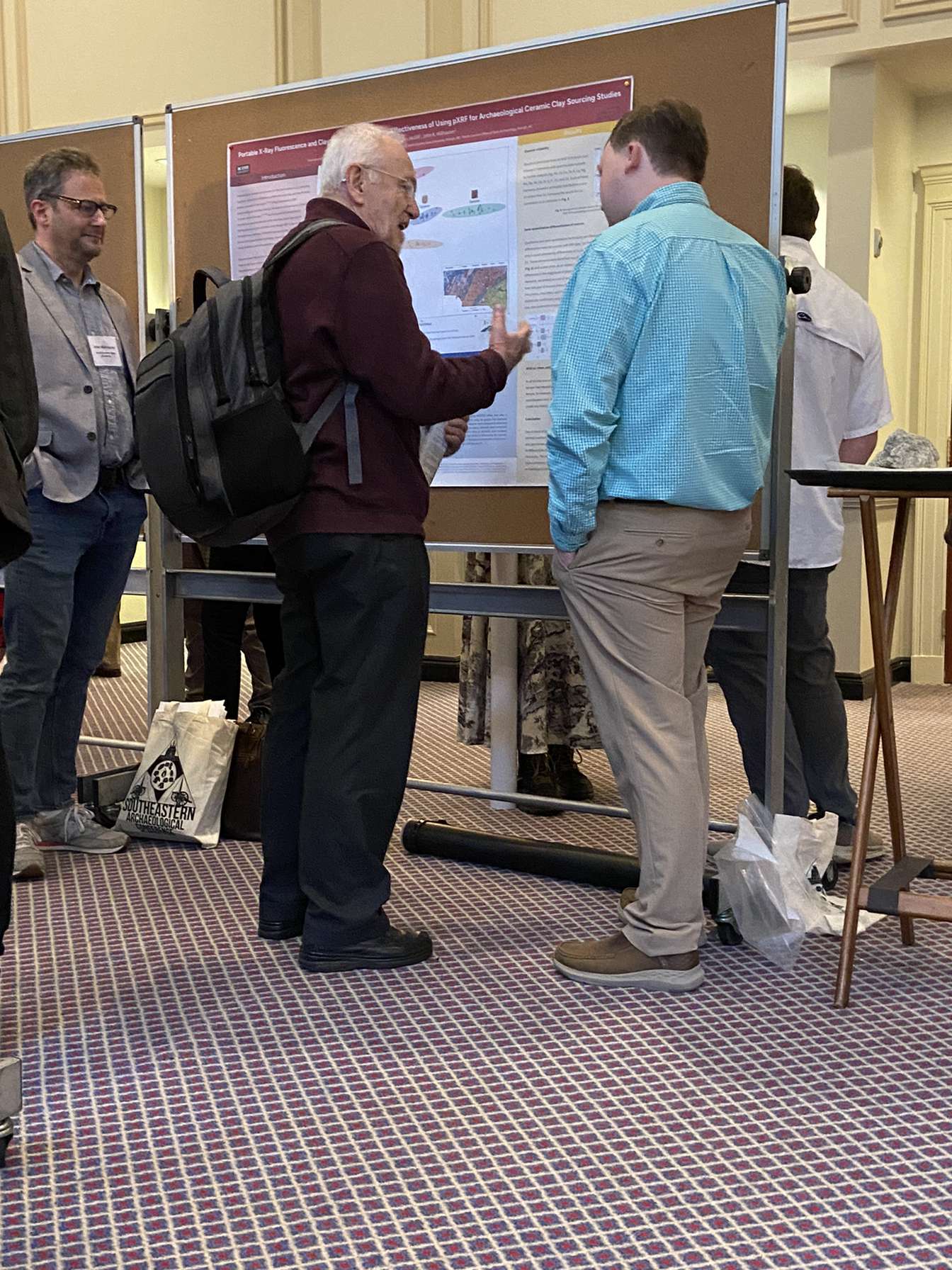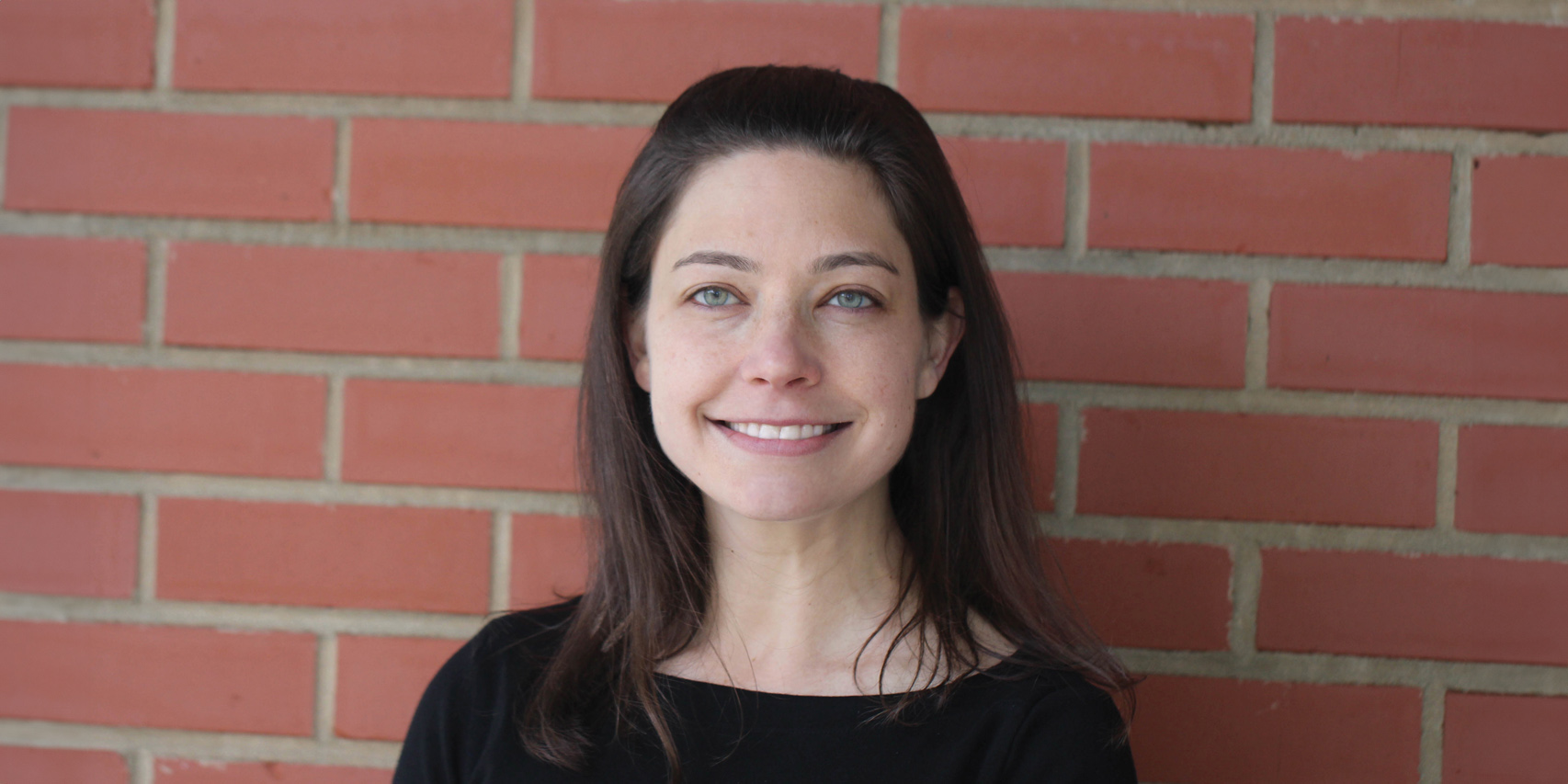Three Weeks as Forensic Anthropologists


While you were away enjoying the summer break, Dr. Chelsey Juarez conducted the department’s first Maymester course. The 200-level course, entitled “Forensic Anthropology Lab and Field Methods” took place May 12th through May 30th, and had eight undergraduate students. During the course, Dr. Juarez introduced students to the most commonly utilized field and crime scene methods in the forensic analysis of human skeletal materials, which included a mock on-site crime scene recovery in which students acted as lead forensic anthropologists.
Before students could get their hands dirty in any crime scene, they spent the first week of the course in the Park Shops Teaching Lab where they were introduced to human osteology and conducted field analysis of juvenile remains, non-human materials, and fragmentary human materials to learn how to identify pieces. By the end of the first week, students began covering methods for determining age, sex, stature, and ancestry in the field. In the second week, students focused on discovery and recovery methods, which included compass work and GPS, gridding, mapping, navigation, and finally excavation. Students were also trained on how to handle media, learning to be careful in the unveiling of crime scene information.

In week three, the eight students were divided into two groups with two mock crime scenes located at the an outdoor decomposition laboratory on Centennial campus. Their first task was to map the crime scene and identify important areas. Then they began the process of uncovering the evidence. Their work culminated in a case report of their findings, which they presented to Dr. Juarez, who played the role of sheriff.

When question by the mock media correspondents, played by Jenny Rasch and John Craig, students provided only as much information as necessary, stating that they had uncovered “apparent rope” or that a fragment “appeared to be a skull.” While being question by the media, students continued to split their work between measuring bone fragments and writing technical descriptions of the crime scene.

Ellen Huggins, who took the course as a major in psychology mentioned that she liked the hands-on experience and thoroughly enjoyed the course. “It’s giving me a chance to learn a skill and to see what is possible with an anthropology major. I would suggest it to anyone who is interested in law enforcement or forensics. I also like the closeness with the professor. It’s less formal and the instruction is more direct and accessible. Dr. J is amazing!”

- Categories:


